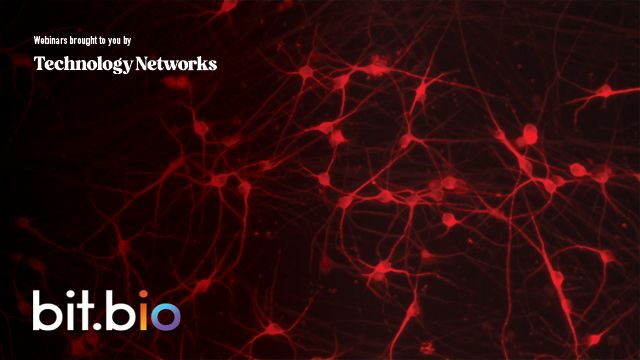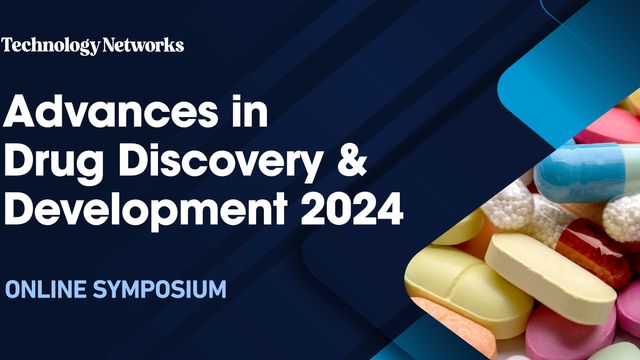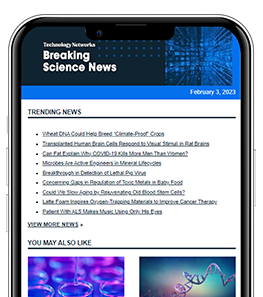
Online Event
The Modern Lab Leader 2024
On-Demand
From selecting instrumentation, building a team, managing day to day operations and helping to shape the future of the organization you work for, running a lab presents many challenges. Leadership experts will provide practical tips and guidance for current and aspiring lab managers working in industry and academia.
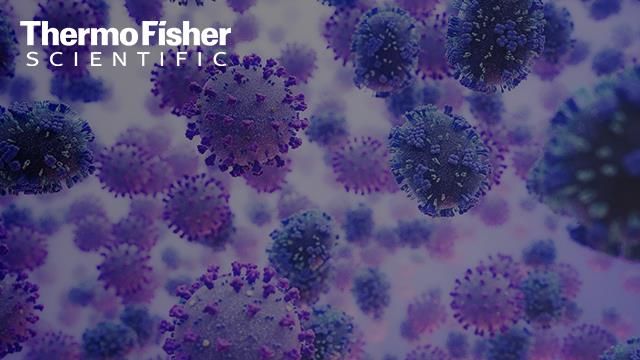
Webinar
A Respiratory Season Update
On-Demand
In recent past respiratory seasons, the world witnessed a “tripledemic” of Influenza (flu), SARS-CoV-2 (COVID-19), and Respiratory Syncytial Virus (RSV). The 2024-25 landscape will likely be different, with new virus variants, new vaccines and treatments, like the game-changing antibody that protects children from RSV. The healthcare and public health community have also learned some valuable lessons going forward with the ever-evolving respiratory agents.
In this presentation, Dr. Rodney Rohde will discuss the primary microbiology, epidemiology, control, prevention, vulnerable populations, the importance of laboratory validation, and the benefits of molecular-based testing of these three primary respiratory season pathogens.
In this presentation, Dr. Rodney Rohde will discuss the primary microbiology, epidemiology, control, prevention, vulnerable populations, the importance of laboratory validation, and the benefits of molecular-based testing of these three primary respiratory season pathogens.
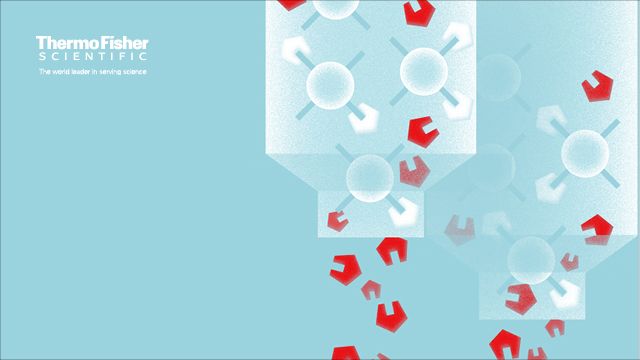
Webinar
Advances in Flow-Through Technology To Enhance mAb Polishing
On-Demand
Advances in monoclonal antibody (mAb) engineering have led to additional challenges in the purification of these modalities, including high levels of aggregates. Ion exchange chromatography is often not sufficient to achieve purity targets meaning hydrophobic interaction chromatography (HIC) and mixed-mode resins are needed as orthogonal tools. These technologies can be implemented in flow-through mode allowing for high loadings and fast processing times, making them well-suited for large-scale implementation.
This webinar highlights three case studies that illustrate how novel chromatographic tools can improve the purification process for complex therapeutics by reducing the levels of aggregates and host cell proteins (HCPs) and effectively clearing retroviruses.
This webinar highlights three case studies that illustrate how novel chromatographic tools can improve the purification process for complex therapeutics by reducing the levels of aggregates and host cell proteins (HCPs) and effectively clearing retroviruses.

Webinar
Gain Comprehensive Molecular Knowledge Without Peptide Mapping
On-Demand
Reliable and streamlined workflows to characterize PTMs are necessary to create a comprehensive molecular profile. Workflows that provide these critical pieces of information with minimal processing allow for less labor-intensive characterization of PTMs.

Webinar
Ensure Accuracy and Precision in Pharmaceutical Bioanalysis
On-Demand
Accurate and precise measurement of pharmaceutical drugs in complex matrices can be challenging due to the presence of matrix contaminants. To ensure the highest levels of accuracy and precision, it is imperative to use highly robust analytical techniques. Triple quadrupole mass spectrometers are widely used in quantitative bioanalysis because of their stable analytical performance over an extended period. Here, exceptional sensitivity and stability were demonstrated to support bioanalytical workflows in high-throughput laboratories.

Webinar
Deciphering Cell–Cell Interactions in Liver Metastases
On-Demand
The liver is the most common metastatic site for many primary tumors. Single-cell gene and protein expression, in combination with spatial data that contextualizes relationships with other tumor cells and structures, are critical to fully understand how cells communicate in liver metastases.
Resolving the precise spatial location of each single cell allows for a comprehensive understanding of the tissue architecture for each tumor and helps identify critical cell–cell communication circuits.
This webinar will highlight approaches to generating a spatial atlas of tumors, illustrate how to integrate single-cell transcriptomics data with spatial data and explore how to track cell behavior to study cell–cell interactions in each cellular neighborhood.
Resolving the precise spatial location of each single cell allows for a comprehensive understanding of the tissue architecture for each tumor and helps identify critical cell–cell communication circuits.
This webinar will highlight approaches to generating a spatial atlas of tumors, illustrate how to integrate single-cell transcriptomics data with spatial data and explore how to track cell behavior to study cell–cell interactions in each cellular neighborhood.
Advertisement
